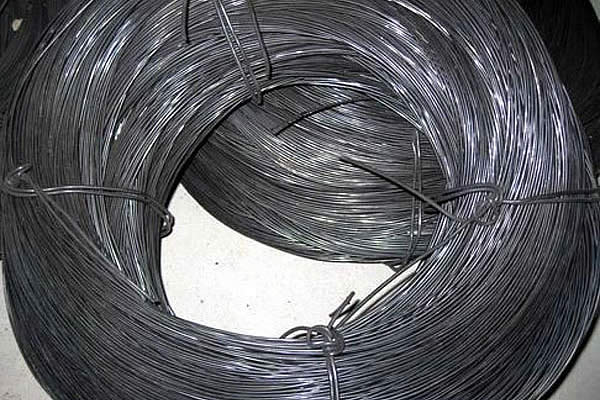 TEL:
+86-13102802206
TEL:
+86-13102802206
 Email:
fencenetting@china.com
Email:
fencenetting@china.com
 Language
Language
 TEL:
+86-13102802206
TEL:
+86-13102802206
 Email:
fencenetting@china.com
Email:
fencenetting@china.com
 Language
Language


Concrete Gabions Retaining Wall System A Sustainable Solution for Erosion Control
In the world of civil engineering and landscape architecture, the challenge of managing soil erosion and establishing stable ground structures is a constant concern. One innovative solution that has gained popularity in recent years is the concrete gabions retaining wall system. This method not only provides functional benefits but also promotes environmental sustainability, making it an ideal choice for many construction projects.
What are Gabions?
Gabions are wire mesh containers filled with rocks, stones, or concrete. Traditionally, these structures were used for hydraulic engineering projects and erosion control. However, the integration of concrete into gabion systems has revolutionized their applications, allowing for enhanced durability and aesthetic appeal. The concrete-filled gabions offer a robust solution to manage soil, reinforce slopes, and create attractive landscapes.
Advantages of Concrete Gabion Retaining Walls
1. Erosion Control One of the primary functions of a retaining wall is to prevent soil erosion. Concrete gabions excel at this task as the weight of the concrete, combined with the structural integrity of the mesh, keeps the soil firmly in place. This is particularly crucial in areas prone to heavy rain or flooding, where soil displacement can lead to significant property damage.
2. Aesthetic Flexibility Unlike traditional retaining walls that may be visually unappealing, gabions can blend seamlessly into various landscapes. The use of concrete allows for a range of designs, colors, and textures that can complement the natural surroundings. This aesthetic flexibility makes gabions a preferred choice for parks, gardens, and residential landscapes.
3. Cost-effective Solution While initial costs may be higher than some traditional retaining wall systems, the long-term benefits of concrete gabions make them a cost-effective choice. Their durability reduces the need for frequent maintenance and replacements, which can lead to significant savings over time.

4. Sustainable Material Use Concrete gabions can be filled with locally sourced materials, further enhancing their sustainability. Using locally available rocks or recycled concrete minimizes transportation costs and reduces the carbon footprint associated with the construction process. Additionally, the porous nature of gabions allows for natural water drainage, supporting local ecosystems and promoting biodiversity.
5. Ease of Installation Gabion walls are relatively easy to install compared to conventional retaining walls. The modular system allows for quick assembly on-site, reducing labor costs and project timelines. This efficiency makes gabions an attractive option for both large-scale projects and smaller residential applications.
Applications of Concrete Gabions
Concrete gabions are versatile and find applications in various scenarios
- Residential Landscaping Homeowners often use gabion structures to create decorative retaining walls, garden borders, or seating areas. - Highway and Road Construction Engineers use gabions alongside roads and highways to stabilize slopes and prevent erosion, ensuring the safety of drivers and infrastructure. - Riverbank Stabilization In flood-prone areas, gabions can protect riverbanks from erosion caused by strong currents, effectively managing the natural landscape while promoting ecological health.
Conclusion
The concrete gabion retaining wall system represents a forward-thinking approach to erosion control and landscape management. Its combination of functionality, aesthetic appeal, sustainability, and cost-effectiveness makes it a preferred choice among engineers, architects, and homeowners alike. As society continues to prioritize environmentally friendly construction practices, gabions will undoubtedly play a larger role in shaping resilient and functional landscapes. Whether for practical engineering needs or enhancing visual appeal, the future of retaining walls is certainly looking brighter with concrete gabions at the forefront.